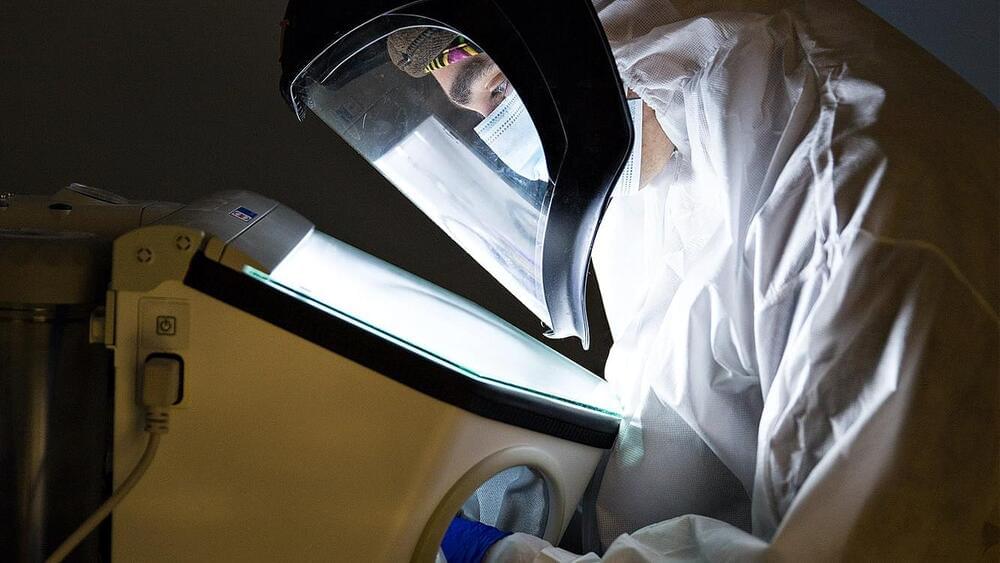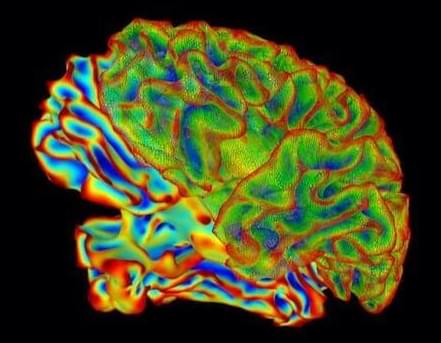Two Allen Discovery Centers enter their next phase of discovery, poised to address large questions about biology.



Jon Kaas, Gertrude Conaway Vanderbilt Chair in Social and Natural Sciences, Distinguished Centennial Professor of Psychology and associate professor of cell and developmental biology, received the Ralph W. Gerard Prize in Neuroscience, the highest recognition from the Society for Neuroscience, for his pathbreaking work in illuminating the structure and function of the cerebral cortex and plasticity in the developing and adult brain.
Through mapping the cerebral cortex in 30 mammalian species over his career, Kaas has shown the functional and structural organization of the visual and somatosensory—that is, sensations that span the body, such as warmth—systems in detail. Through detailed pictorial construction and electrophysical mapping, Kaas reversed a scientific dogma that brain plasticity only occurs in early life. This has led to new approaches to rehabilitation from brain damage after stroke, from macular degeneration or from motor system disorders and injuries.
“I’m pleased to share this award with Bob Desimone who has done such wonderful research, and who we once tried to convince to move to Vanderbilt,” Kaas said. “From my first days at Vanderbilt, I have worked with outstanding graduate students, undergraduates and postdocs, who made everything possible. The support of members of my Department and other faculty at Vanderbilt has been especially important.”

Light is an electromagnetic wave: It consists of oscillating electric and magnetic fields propagating through space. Every wave is characterized by its frequency, which refers to the number of oscillations per second, measured in Hertz (Hz). Our eyes can detect frequencies between 400 and 750 trillion Hz (or terahertz, THz), which define the visible spectrum. Light sensors in cell phone cameras can detect frequencies down to 300 THz, while detectors used for internet connections through optical fibers are sensitive to around 200 THz.
At lower frequencies, the energy transported by light isn’t enough to trigger photoreceptors in our eyes and in many other sensors, which is a problem given that there is rich information available at frequencies below 100 THz, the mid-and far–infrared spectrum. For example, a body with surface temperature of 20°C emits infrared light up to 10 THz, which can be “seen” with thermal imaging. Also, chemical and biological substances feature distinct absorption bands in the mid-infrared, meaning that we can identify them remotely and non-destructively by infrared spectroscopy, which has myriads of applications.

Western intelligence agencies fear Beijing could within decades dominate all of the key emerging technologies, particularly artificial intelligence, synthetic biology and genetics.
China’s economic and military rise over the past 40 years is considered to be one of the most significant geopolitical events of recent times, alongside the 1991 fall of the Soviet Union which ended the Cold War.
MI6, depicted by novelists as the employer of some of the most memorable fictional spies from John le Carré’s George Smiley to Ian Fleming’s James Bond, operates overseas and is tasked with defending Britain and its interests.
To persist, life must reproduce. Over billions of years, organisms have evolved many ways of replicating, from budding plants to sexual animals to invading viruses.
Now scientists have discovered an entirely new form of biological reproduction—and applied their discovery to create the first-ever, self-replicating living robots.
The same team that built the first living robots (” Xenobots,” assembled from frog cells—reported in 2020) has discovered that these computer-designed and hand-assembled organisms can swim out into their tiny dish, find single cells, gather hundreds of them together, and assemble “baby” Xenobots inside their Pac-Man-shaped “mouth”—that, a few days later, become new Xenobots that look and move just like themselves.

This is what we are experiencing over the next ten years in the near vertical rate of change. We are in these last stages of these changes where we can shape this future into the flowers analogy. The confluence of environmental, social, biological, physical, digital-inspired, technological, quantum-infused, cosmological, creator culture; an endless list. All significantly transforming our lives. We are in the time where creativity, innovation, intuition, imagination, inspiration, purpose, meaning can be driving us.
What we are experiencing forms my top 10 omni wishes for 2022 that will have outsized impact on our lives.
Top Ten Omni Wishes.
Full Story:
I work pro bono daily across communities of more than 100,000 CEOs, investors, authorities/experts/scientists, and thought leaders. From insights gained in this work, I’m providing my top ten omni (multiple sector) wishes for 2022 that will have exponential impact.
Inline with the theme of this article and while writing this article, I’m experimenting with a new A.I. writing tool based upon OpenAI and GPT-3 from Sudowrite.
✅ Instagram: https://www.instagram.com/pro_robots.
You are on the PRO Robots channel and in this video we will talk about artificial intelligence. Repeating brain structure, mutual understanding and mutual assistance, self-learning and rethinking of biological life forms, replacing people in various jobs and cheating. What have neural networks learned lately? All new skills and superpowers of artificial intelligence-based systems in one video!
0:00 In this video.
0:26 Isomorphic Labs.
1:14 Artificial intelligence trains robots.
2:01 MIT researchers’ algorithm teaches robots social skills.
2:45 AI adopts brain structure.
3:28 Revealing cause and effect relationships.
4:40 Miami Herald replaces fired journalist with bot.
5:26 Nvidia unveiled a neural network that creates animated 3D face models based on voice.
5:55 Sber presented code generation model based on ruGPT-3 neural network.
6:50 ruDALL-E multimodal neural network.
7:16 Cristofari Neo supercomputer for neural network training.
#prorobots #robots #robot #future technologies #robotics.
More interesting and useful content:
✅ Elon Musk Innovation https://www.youtube.com/playlist?list=PLcyYMmVvkTuQ-8LO6CwGWbSCpWI2jJqCQ

I continue to introduce you to a series of articles on the nature of human intelligence and the future of artificial intelligence systems. In the previous article “Artificial intelligence vs neurophysiology: Why the difference matters” we found out that the basis of the work of any biological nervous system is not a computational function (like in a computer), but a reflex or a prepared answer.
But how then did our intelligence come about? How did a biological system repeating pre-prepared reactions become a powerful creative machine?
In this article, we will answer this question in the language of facts. Creating our intelligence, nature has found a simple and at the same time ingenious solution, which is not devoid of a great mystery, which we will also touch.

Artificial neural networks are famously inspired by their biological counterparts. Yet compared to human brains, these algorithms are highly simplified, even “cartoonish.”
Can they teach us anything about how the brain works?
For a panel at the Society for Neuroscience annual meeting this month, the answer is yes. Deep learning wasn’t meant to model the brain. In fact, it contains elements that are biologically improbable, if not utterly impossible. But that’s not the point, argues the panel. By studying how deep learning algorithms perform, we can distill high-level theories for the brain’s processes—inspirations to be further tested in the lab.

sustained technological superiority, and asset security and repair for current and future operations.
To meet this unique challenge, DARPA announced it is taking an initial step to explore and de-risk manufacturing capabilities that leverage biological processes in resource limited environments with its Biomanufacturing: Survival, Utility, and Reliability beyond Earth (B-SURE) program. https://www.darpa.mil/news-events/2021-11-22